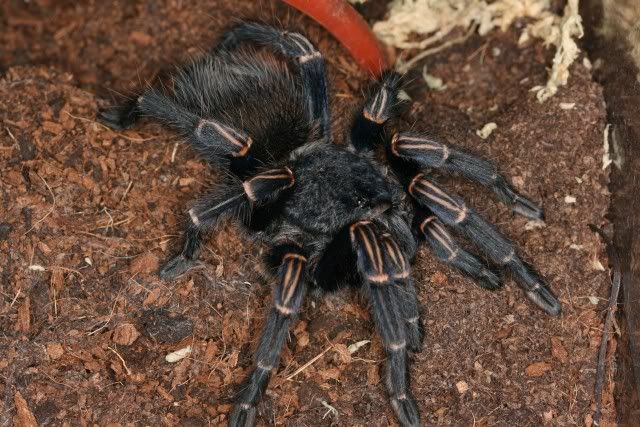Originally posted by chris carter
View Post
I understand what you are saying but I still dont agree with giving a definitive ID from a photo alone without even seeing the spider in person. You may well be correct but as Ray has said, he hasnt seen a dead male to study so a definite ID of Lasiodorides sp. kind of goes out the window until this is done.
Others have given a possible ID based on spiders they have owned also.
regards
Elaine






Comment